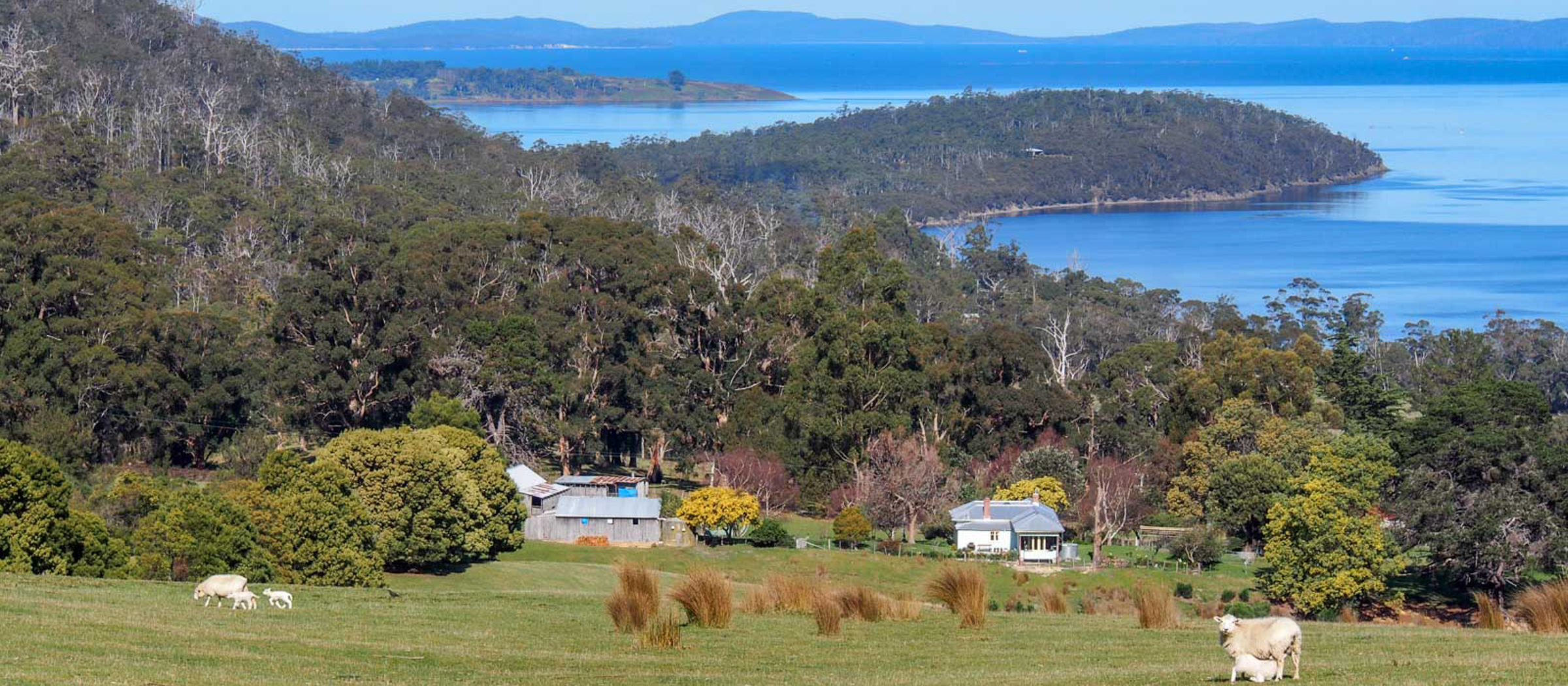Plant Profile: Anthurium andraenum

- Words by
- Georgina Reid
This month we’ve been chatting about men. We’ve met poets, artists, and politicians; we’ve told stories, we’ve shared insights, we’ve learned. We’ve gotten metaphorical, and now it’s time to get literal. Penis plants! Yep, for our monthly plant profile we’ve decided to look more closely at Anthurium andraenum.
Anthuriums can look a bit shopping centre. A bit plastic. A bit nana. They’re certainly not Instagrammed and pinned like other hip indoor plants (I’m looking at you pilea and fiddle leaf fig). We’re not discriminatory here though – all plants are most definitely equal in our eyes. And, as usual, the more you know about something, the more you can appreciate it. Anthuriums aren’t just the kitsch red plastic looking flowers, but a genus of over 800 species, with a range of rather wonderful foliage and flower types. We’ll explore the common little guy here though, because he’s the one most likely to be found, and with his inflamed red veined spathe, and erect spike, he fits the brief most perfectly.
Botanical Name
Antherium andraeanum
Common Name
Little boy plant, flamingo flower
Family
Araceae
Origin/History
Antherium andreanum originates from areas of the Andes mountain range in Columbia and Ecuador. French botanist Eduard Andre saw it in a forest whilst on a ‘botanizing trip’ in 1876 and brought some plants back to Europe. Since then it’s been hybridized to the bejeesuz and there are thousands of different coloured and shaped cultivars available.
The focus of all this plant breeding is, of course, the spathe (the brightly coloured thing surrounding the little flower spike). A spathe is a modified leaf, and in most instances, is used to attract insect and bird pollinators to the flower spike – known as the spadix. Hot, right?!
Growing
Anthuriums love humidity, heat, and lots of water. They make great indoor plants, as long as you can provide for them the right growing conditions. They’re also happy outdoors in warm, humid climates.
Light: Place your anthurium in a warm, well-lit spot indoors but don’t expose it to direct sunlight.
Water: Anthuriums come from rainforest areas. That means they obviously like water, but don’t like being saturated. Water your anthurium regularly (a few times a week), but ensure you allow the potting mix to dry out before watering again. If the mix is wet, and there’s water in the saucer at the bottom of the pot, DON’T WATER. You will kill your friend.
On that note: As is the rule with (nearly) all plants grown in pots – make sure your pot has a drainage hole. Plants breathe through their roots and if your pot doesn’t have drainage your plant will drown.
FACT: Anthuriums clean air. It was one of the plants listed in the NASA Clean Air Study as effective in removing formaldehyde, xylene, toluene, and ammonia from the air. Yeah. Fill your house with ‘em!
But…
Don’t eat them! They’re poisonous and the sap can be irritating to eyes and skin.
—
Featured image source: Paul Hermans, via Wikipedia Commons.





